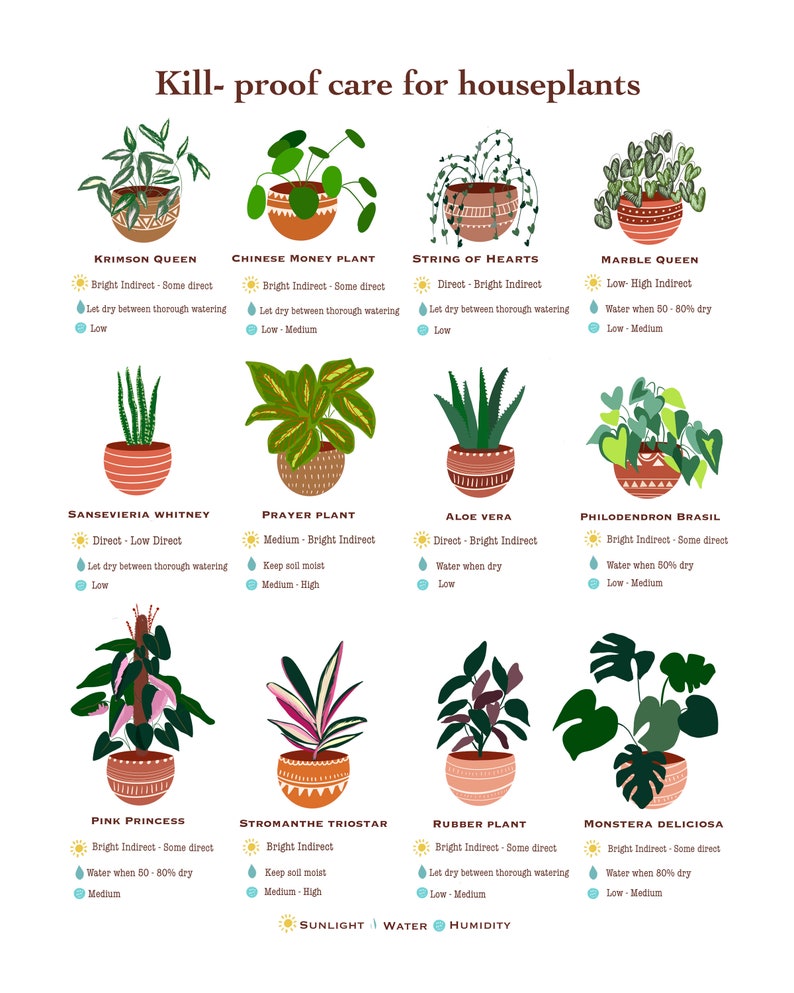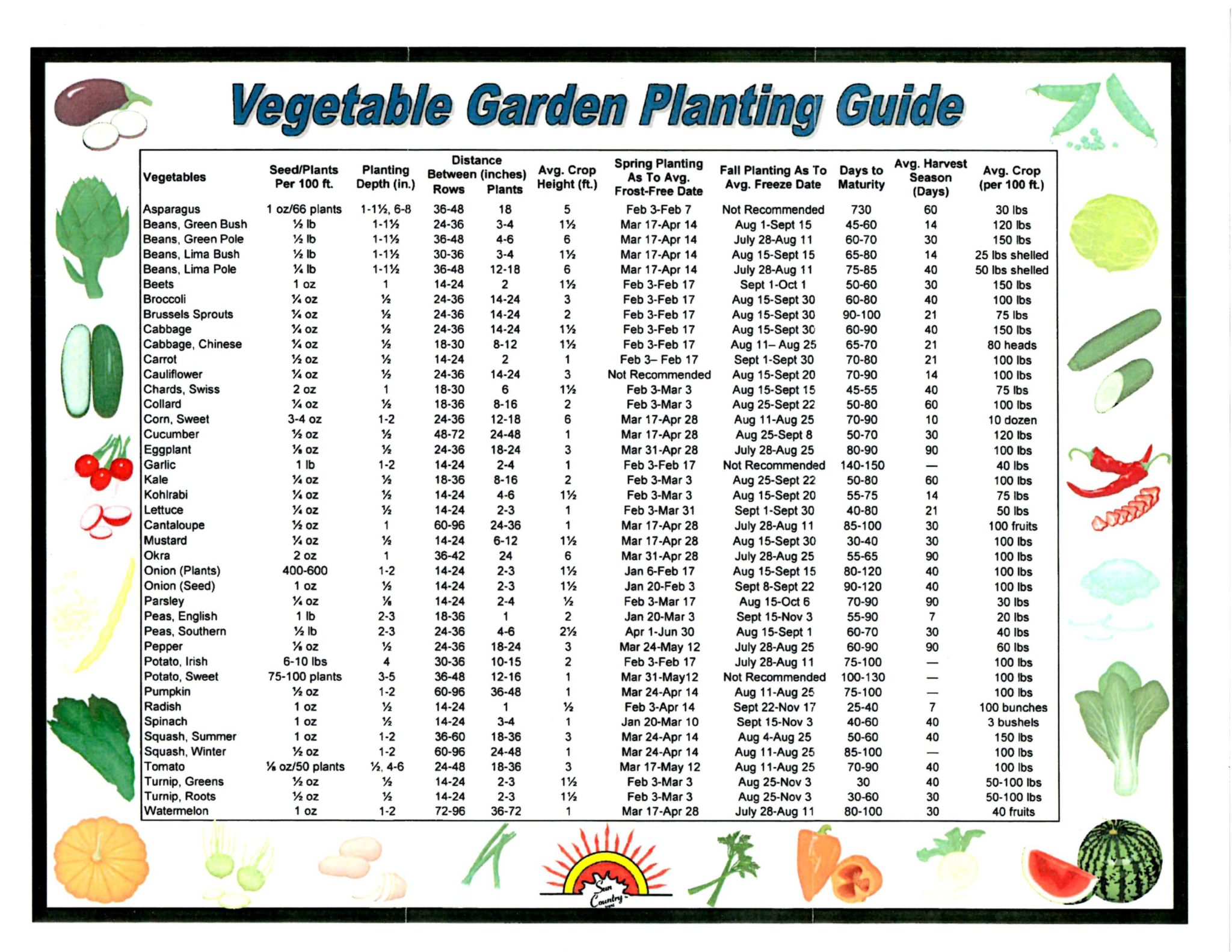Introduction: Embracing the Joy of Gardening for Rookies
Gardening for beginners is an enriching and rewarding experience, offering numerous benefits. By nurturing plants, gardeners can enjoy the satisfaction of maintaining a garden and the mental and physical health advantages associated with this activity. Gardening fosters patience, persistence, and self-pride as beginners embark on a fulfilling journey that combines learning and connecting with nature. This comprehensive Gardening Tips for Beginners manual provides valuable insights and guidance to help novice gardeners succeed in their new hobby.
Understanding Your Climate and Soil: The Foundation of a Successful Garden
Before starting a gardening project, it is crucial to assess local climate and soil conditions. Understanding these factors forms the foundation of a thriving garden. In the United States, the USDA hardiness zone map is a valuable resource for determining the average minimum winter temperatures in your region. Identifying your hardiness zone will help you select plants that can survive and flourish in your area. Soil quality significantly impacts plant growth. Different soil types, such as sand, clay, or loam, have unique properties that affect water retention, nutrient availability, and drainage. Test your soil to determine its pH level, nutrient content, and drainage capacity. Based on the results, you can take appropriate steps to improve soil quality, such as adding organic matter, adjusting pH, or using soil amendments.
By understanding your climate and soil conditions, you can create an optimal environment for your plants, ensuring their health and vigor. This essential knowledge is the first step in building a successful and rewarding garden.
Choosing the Right Plants: A Beginner’s Guide to Plant Selection
Selecting appropriate plants is crucial for a beginner’s garden. Factors such as climate, sunlight exposure, and personal preferences should guide your choices. Easy-to-grow plants, including herbs, vegetables, and flowers, are excellent options for novice gardeners. Climate plays a significant role in plant selection. Choosing plants adapted to your local climate ensures their survival and reduces the need for special care. Research your USDA hardiness zone to determine the average minimum winter temperatures in your region and select plants accordingly.
Sunlight exposure is another critical factor. Assess the amount of sunlight your garden receives throughout the day and group plants with similar light requirements together. Full sun, partial shade, and full shade plants have different needs, so placing them in appropriate locations will promote healthy growth.
Lastly, consider your personal preferences when selecting plants. Do you enjoy cooking with fresh herbs, or do you prefer colorful flowers to brighten your outdoor space? Tailoring your plant choices to your interests will increase your satisfaction and motivation as a beginner gardener.
By following this beginner’s guide to plant selection, you’ll create a thriving garden filled with plants that suit your climate, sunlight exposure, and personal preferences.
How to Plant: Essential Steps for Planting Success
Planting is the cornerstone of any successful garden. By following essential steps, including soil preparation, planting depth, watering, and mulching, beginners can ensure their plants thrive. Soil preparation is vital for healthy plant growth. Begin by removing weeds, rocks, and debris from the planting area. Then, loosen the soil to improve aeration and water penetration. For heavy soils, consider adding organic matter, such as compost or well-rotted manure, to improve drainage and fertility.
Planting depth is another crucial factor. Generally, planting at the same depth as the container or slightly deeper is recommended. However, some plants, like irises and daylilies, have different requirements. Always refer to the plant label or a reliable gardening resource for specific instructions.
Watering is essential for newly planted specimens. Thoroughly soak the root ball and surrounding soil after planting. Thereafter, water consistently, ensuring the soil remains moist but not waterlogged. Mulching around the base of plants conserves moisture, regulates soil temperature, and suppresses weeds.
Proper spacing and plant arrangement contribute to a visually appealing garden layout. Space plants according to their mature size to prevent overcrowding and ensure adequate air circulation. Group plants with similar water, sunlight, and fertilizer needs together for efficient care.
Nurturing Your Garden: Essential Maintenance Tips for Beginners
Regular garden maintenance is crucial for the health and beauty of your plants. Essential tasks include watering, weeding, fertilizing, and pest control. By creating a manageable maintenance schedule and utilizing appropriate tools, beginners can ensure their gardens flourish. Watering: Consistently providing adequate moisture is vital for plant growth. To conserve water and encourage deep root development, water your garden thoroughly and infrequently. Consider using soaker hoses or drip irrigation systems to deliver water directly to plant roots, reducing evaporation and preventing foliage diseases.
Weeding: Regularly removing weeds is essential for maintaining a healthy and visually appealing garden. Weeds compete with desired plants for water, nutrients, and sunlight. To minimize weed growth, mulch around your plants, use ground covers, or install landscape fabric. Manually remove weeds, taking care to remove the entire root system.
Fertilizing: Feeding your plants with the proper nutrients supports healthy growth and abundant blooms. Use a balanced, slow-release fertilizer according to package instructions. Organic options, such as compost or well-rotted manure, can also enrich the soil and promote plant health.
Pest Control: Monitoring your garden for pests and addressing infestations promptly is crucial for plant health. Begin by identifying the pest and researching its life cycle and preferred host plants. Implement cultural, physical, or biological control methods when possible. If chemical treatments are necessary, choose targeted products with minimal impact on beneficial insects and the environment.
Dealing with Common Gardening Challenges: Troubleshooting for Beginners
Even novice gardeners may encounter challenges such as plant diseases, pests, and poor growth. However, with practical solutions and preventive measures, these issues can be overcome. Plant Diseases: Common plant diseases include powdery mildew, black spot, and root rot. To prevent diseases, ensure proper air circulation, water at the base of plants, and remove infected foliage promptly. Fungicides may be necessary for severe infestations. Always choose products labeled for the specific disease and follow package instructions.
Pests: Insect pests, such as aphids, spider mites, and whiteflies, can damage plants. Begin by identifying the pest and researching its life cycle and preferred host plants. Implement cultural, physical, or biological control methods when possible. If chemical treatments are necessary, choose targeted products with minimal impact on beneficial insects and the environment.
Poor Growth: Slow or stunted growth may result from inadequate water, nutrients, or sunlight. Regularly monitor plant health and address issues promptly. Fertilize according to package instructions, ensuring proper watering and sunlight exposure. Prune or divide overgrown plants to promote healthy growth and maintain an aesthetically pleasing garden layout.
Extending Your Gardening Knowledge: Recommended Resources for Further Learning
Expanding your gardening knowledge and skills is essential for continued success and enjoyment. Various reputable resources are available to assist beginners in their journey. Books: Numerous books cater to novice gardeners, offering comprehensive information on topics such as plant selection, soil preparation, and maintenance techniques. Some popular titles include “The Garden Primer” by Barbara Damrosch, “Rodale’s Ultimate Encyclopedia of Organic Gardening,” and “The New Western Garden Book” by Sunset Magazine. These resources provide valuable insights and serve as reliable references for years to come.
Websites: The internet offers a wealth of gardening information, with numerous websites dedicated to various aspects of gardening. Websites such as the National Gardening Association (garden.org), the Royal Horticultural Society (rhs.org.uk), and the American Horticultural Society (ahsgardening.org) provide articles, videos, and expert advice on gardening topics.
Apps: Mobile apps can help beginners identify plants, diagnose issues, and track garden maintenance tasks. Apps such as “Gardenate,” “Garden Compass Plant Identification,” and “SmartPlant” offer user-friendly interfaces and extensive databases, making them invaluable tools for novice gardeners.
By utilizing these resources, beginners can enhance their gardening knowledge, develop new skills, and engage with a community of fellow garden enthusiasts. Continuous learning and exploration will foster growth and satisfaction in the world of gardening.
Conclusion: Cultivating Patience, Persistence, and Pride in Your Gardening Journey
Embarking on a gardening journey is an exciting endeavor filled with learning opportunities, self-discovery, and personal growth. By following the guidelines provided in this Gardening Tips for Beginners manual, novice gardeners can cultivate patience, persistence, and pride in their newfound hobby. Patience: Gardening is a process that requires time, nurturing, and patience. Plants grow at their own pace, and beginners must learn to embrace the journey rather than focusing solely on the destination. By understanding the growth cycles of plants and accepting the natural ebb and flow of gardening, beginners can develop patience and appreciation for the beauty of nature.
Persistence: Overcoming challenges and learning from failures are essential aspects of gardening. Persistence in the face of setbacks, such as plant diseases, pests, or poor growth, will help beginners build resilience and determination. By seeking solutions, implementing preventive measures, and continuously refining their gardening skills, beginners can transform obstacles into opportunities for growth.
Pride: Embracing the learning process and celebrating achievements, no matter how small, fosters a sense of pride and accomplishment in one’s gardening journey. By setting realistic goals, tracking progress, and sharing experiences with others, beginners can take pride in their growing abilities and enjoy the rewards of their labor.
In conclusion, this Gardening Tips for Beginners manual emphasizes the importance of patience, persistence, and self-pride in the gardening journey. By following the advice and resources provided, beginners can develop a strong foundation for their gardening endeavors and cultivate a lifelong passion for nurturing plants and the environment.








